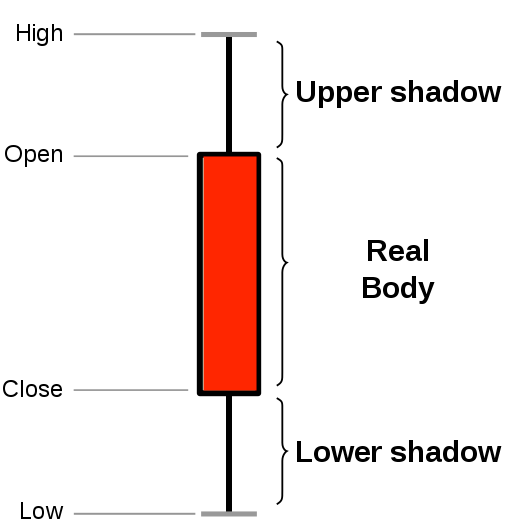The financial industry is extremely data-heavy and relies on real-time and historical data for decision-making, risk assessment, fraud detection, and market analysis. Timescale simplifies management of these large volumes of data, while also providing you with meaningful analytical insights and optimizing storage costs.
To analyze financial data, you can chart the open, high, low, close, and volume (OHLCV) information for a financial asset. Using this data, you can create candlestick charts that make it easier to analyze the price changes of financial assets over time. You can use candlestick charts to examine trends in stock, cryptocurrency, or NFT prices.
In this tutorial, you use real raw financial data provided by
Twelve Data, create an aggregated candlestick view, query the
aggregated data, and visualize the data in Grafana.
To follow the steps on this page:
Create a target Timescale Cloud service with time-series and analytics enabled.
You need your connection details. This procedure also works for self-hosted TimescaleDB.
The financial sector regularly uses candlestick charts to visualize
the price change of an asset. Each candlestick represents a time period, such as
one minute or one hour, and shows how the asset's price changed during that time.
Candlestick charts are generated from the open, high, low, close, and volume data for each financial asset during the time period. This is often abbreviated as OHLCV:
- Open: opening price
- High: highest price
- Low: lowest price
- Close: closing price
- Volume: volume of transactions

TimescaleDB is well suited to storing and analyzing financial candlestick data, and many Timescale community members use it for exactly this purpose. Check out these stories from some Timescale community members:
- How Trading Strategy built a data stack for crypto quant trading
- How Messari uses data to open the cryptoeconomy to everyone
- How I power a (successful) crypto trading bot with TimescaleDB
This tutorial shows you how to ingest real-time time-series data into a Timescale database:
- Setting up your dataset: Load data from
Twelve Data
into your TimescaleDB database.
- Querying your dataset: Create candlestick views, query the aggregated data, and visualize the data in Grafana.
- Bonus: Store data efficiently: Learn how to store and query your financial tick data more efficiently using compression feature of Timescale.
To create candlestick views, query the aggregated data, and visualize the data in Grafana, see the ingest real-time websocket data section.
Keywords
Found an issue on this page?Report an issue or Edit this page
in GitHub.